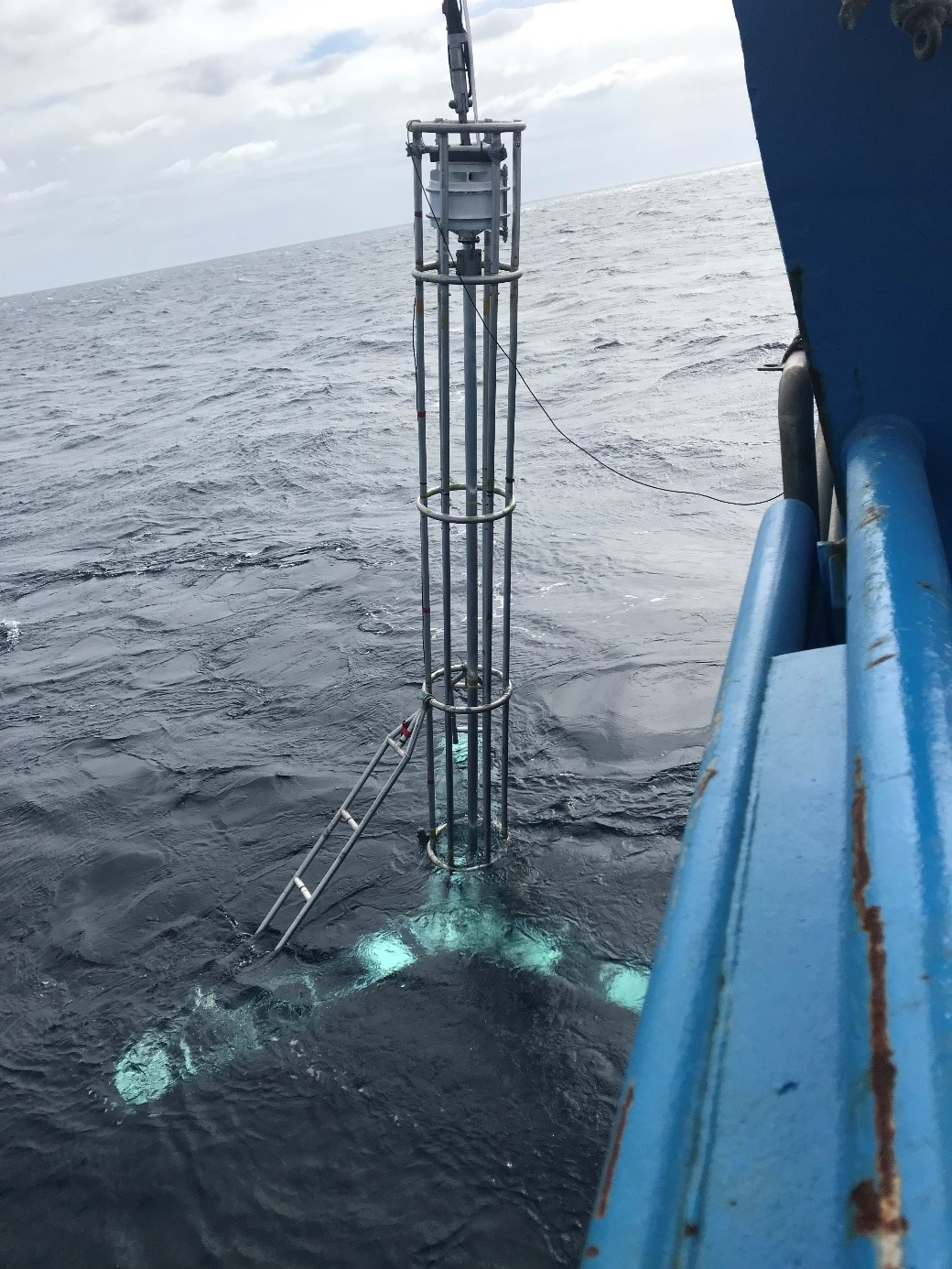HALO voyage shallow-water mapping and vibro-coring capability on RV Investigator
An international team of researchers recently completed an expedition to the northern section of the Great Barrier Reef, to investigate the enigmatic Halimeda algal bioherms that are found on the outer continental shelf in 20 to 60 m water depth.
The mission of Project HALO (Halimeda bioherm Origins, function and fate) is to understand how these Halimeda bioherms have formed over the Holocene, their importance as sedimentary deposits, modern benthic habitats, and their role in biogeochemical nutrient cycling.
Systematic bathymetry mapping using a 200 to 400 kHz Kongsberg EM2040C multibeam echosounder was combined with the simultaneous collection of over 500 line km of acoustic sub-bottom profiles. Additionally, the team acquired camera imagery, CTD profiles and water samples, multi-cores, surface grabs, cross-shelf underway water, conducted sediment incubation experiments, and collected over 1000 specimens of biota.
This voyage was a first for RV Investigator, as it was an opportunity to deploy Geoscience Australia’s shallow-water vibrocoring system from the vessel. The integration and commissioning of the vibrocoring system represented months of collaborative effort between GA and the MNF. This activity enabled the safe and successful collection of over 175 m of new core, some up to 6 m in length, which will provide valuable sub-surface information to piece together the geological and environmental history of these unusual seafloor features.
The homeward voyage track took the team off the continental shelf to deep water (2000 m) to collect long sediment cores in submarine canyons that connect with the continental shelf, using the MNF’s giant piston-corer.
The samples and data collected on the HALO voyage are informing numerous student and collaborative projects. For more information please contact voyage chief scientist Professor Jody Webster or co-chief scientist Dr Mardi McNeil
Read more about the voyage highlights from CSIRO (link required) and Geoscience Australia.
